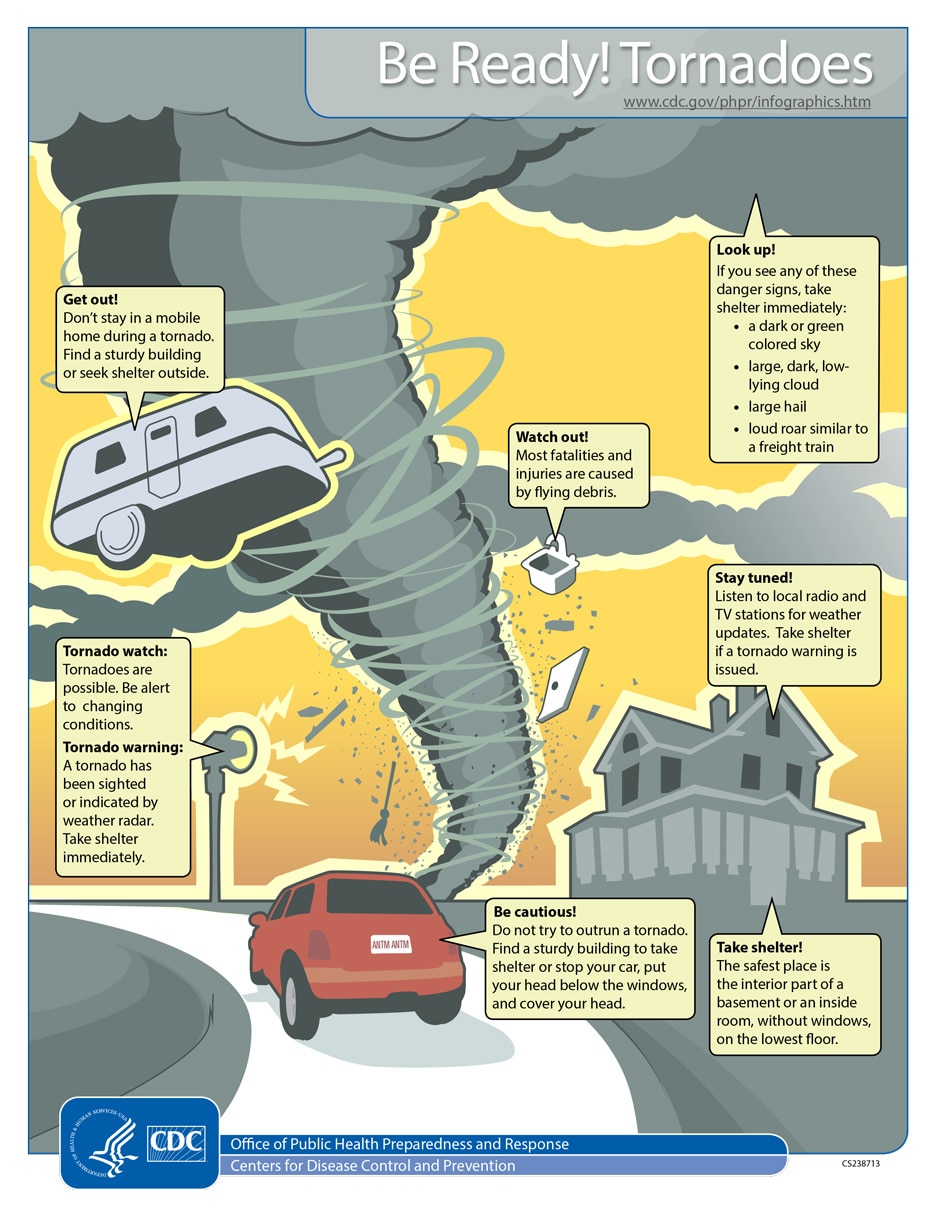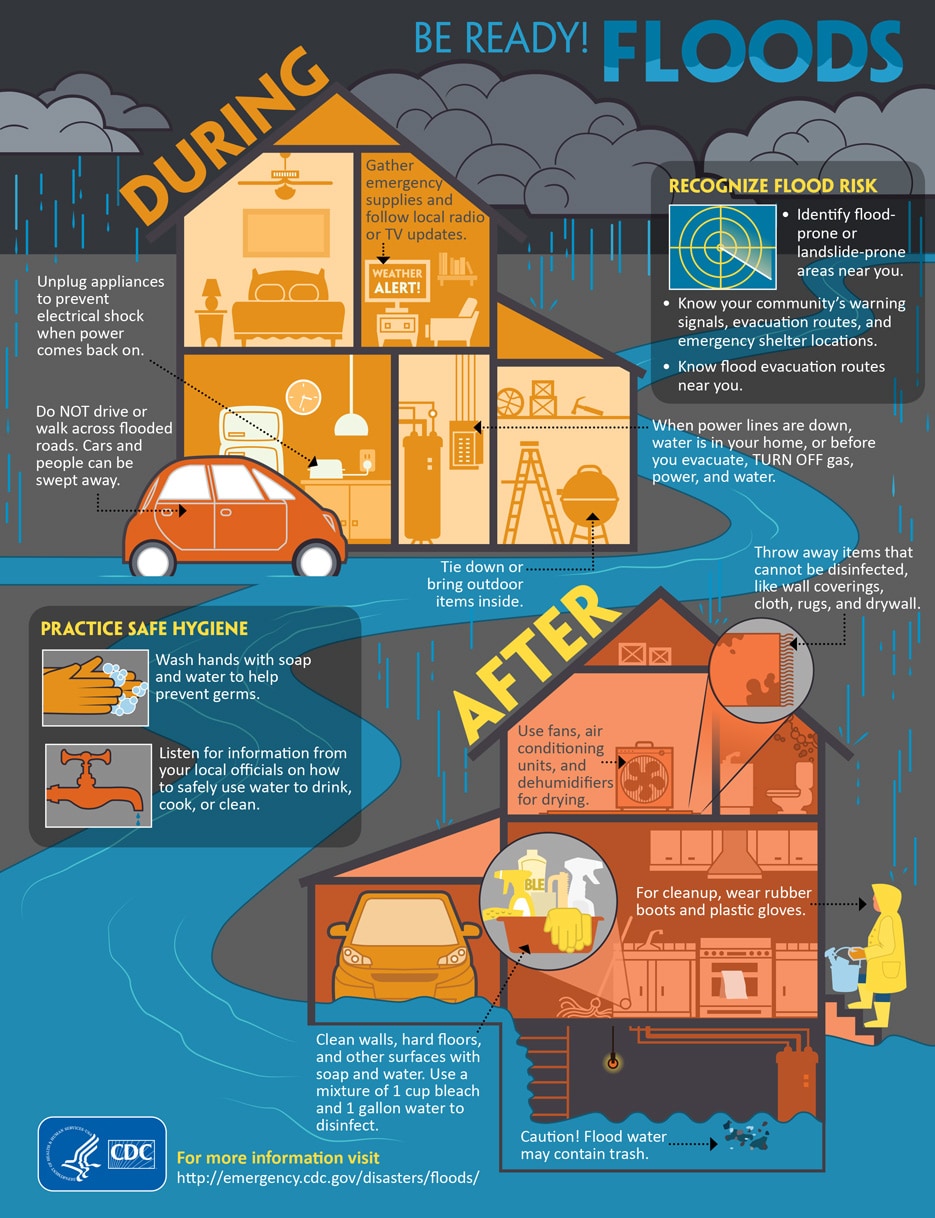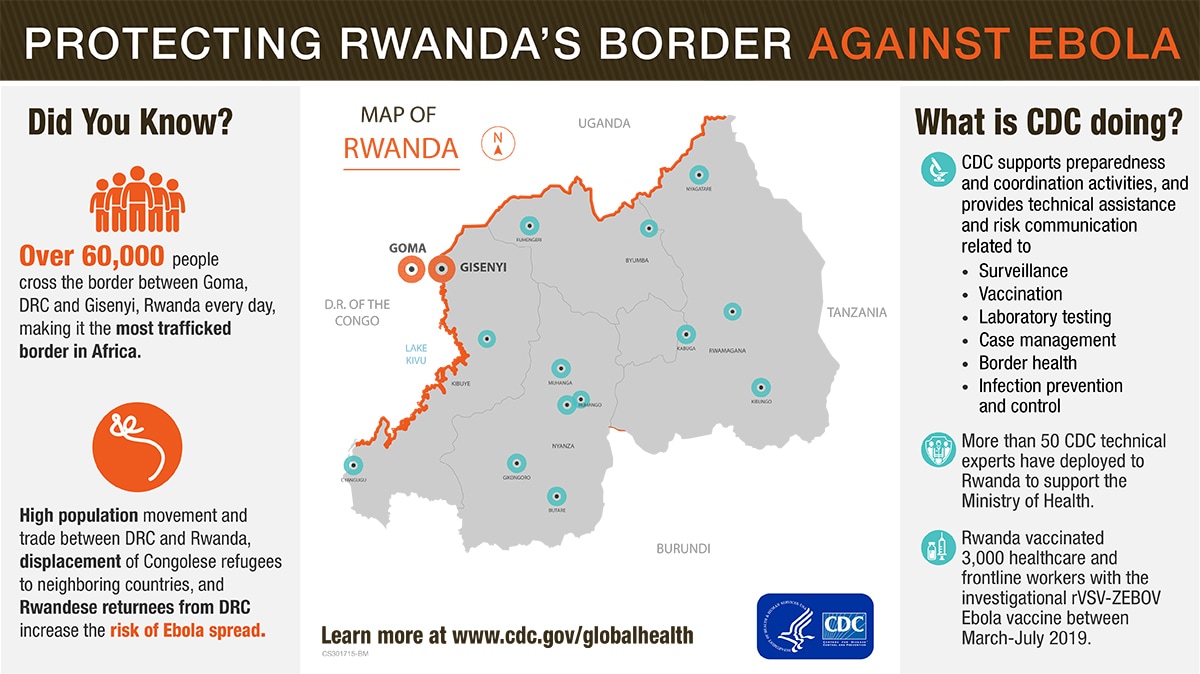Archive for December, 2019
Cervical cancer worldwide
Friday, December 6th, 2019- There were 570,000 cases and 311,000 deaths worldwide last in 2018.
- The average age of diagnosis was 53.
- In 42 low-resource countries, it was the most common cancer in women.
- A third of the cervical cancer burden fell on China and India together.
Global Humanitarian Overview 2020
Thursday, December 5th, 2019Recent trends and challenges
In 2019, many more people needed humanitarian assistance than we had forecast, largely because of conflicts and extreme climate events. Donors provided a record $16 billion for inter-agency appeals between January and November 2019.
Compliance with international law is declining. Armed conflicts are killing and maiming a record number of children, forcing them to flee their homes. They are becoming a lost generation. Women and girls are at higher risk of sexual and gender-based violence. One in five people living in conflict areas has a mental health condition.
Highly violent conflicts are causing widespread hunger, displacement, death and destruction around the world. They are taking a heavy toll on civilians, who account for 90 per cent of the casualties when explosive weapons are used in populated areas.
There were 791 attacks against health workers and health-care facilities in the first nine months of 2019, resulting in 171 deaths. In 2018, 131 aid workers were killed and 130 were kidnapped in 400 attacks. Attacks against health and aid workers are putting millions of people at risk by denying them care and aid.
Emerging trends and risks
Climate change is increasing people’s vulnerability to humanitarian crises. The world’s eight worst food crises are all linked to both conflict and climate shocks.
Infectious diseases are becoming more prevalent and harder to control, because of conflict, weak health systems, poor water and sanitation, and lack of access to vaccinations.
In 2019, 33 low-income countries were in, or at risk of, debt distress. Of these, 12 countries with humanitarian appeals are home to 40 per cent of the people in need of humanitarian assistance. A global economic slowdown could further increase vulnerability in countries already experiencing economic stress and debt problems.
Humanitarian needs and requirements
In 2020, nearly 168 million people will need humanitarian assistance and protection. This represents one in about 45 people in the world, and is the highest figure in decades. The United Nations and partner organizations aim to assist nearly 109 million of the most vulnerable people. This will require funding of $28.8 billion.
The situation will keep getting worse unless climate change and the root causes of conflict are better addressed. On current trends, projections show that more than 200 million people could be in need of assistance by 2022.
The humanitarian system is more effective better prioritized, more innovative and more inclusive than ever. In the first nine months of 2019, humanitarian organizations reached 64 per cent of people targeted to receive aid through Humanitarian Response Plans (HRPs).
Globally, at the start of 2019 some 821 million people were undernourished, including 113 million who suffered from acute hunger. Conflict is the key driver of hunger. By the beginning of 2019, armed conflicts and persecution had driven a record number of nearly 71 million people from their homes.
Regional and country overview
Yemen is the world’s worst humanitarian crisis, and the number of people in need is expected to remain close to 2019 levels of 24 million, almost 80 per cent of the population. The humanitarian response in Yemen is also the world’s largest, despite huge challenges.
The conflict in Syria continues to drive the world’s largest refugee crisis, with 5.6 million refugees in the region. In addition, more than 6 million Syrians are internally displaced.
Humanitarian needs will also remain exceptionally high in the Democratic Republic of the Congo, Somalia and South Sudan.
In Sudan, a deepening economic crisis has significantly increased food insecurity and weakened essential services, including health, water and education. The new civilian authorities need more international support.
In the Sahel, displacement has dramatically increased, and hunger has reached critical levels. In the Lake Chad Basin, the humanitarian crisis shows no signs of abating as it enters its seventh year.
The needs have also grown significantly in several other countries, including Afghanistan, where almost one quarter of the population is likely to need humanitarian assistance following years of violent conflict, as well as severe drought.
In Venezuela, a deepening economic crisis has led to a severe reduction in the income of many households and a sharp deterioration in water, power and health services, prompting many to leave.
A deepening political and socioeconomic crisis has also significantly increased needs in Haiti, with 4.2 million people expected to be food insecure by March 2020.
More people-centred humanitarian action We are getting better at addressing the needs of women and girls, and people with disabilities. We are strengthening efforts to combat sexual and gender-based violence.
We are working better together to deliver cash, which can often meet more needs, more efficiently.
We are also strengthening collaboration between humanitarian and development organizations.
Innovative humanitarian financing
Humanitarian organizations have a better understanding of what is needed most urgently, and by whom. In 2019, anticipatory finance enabled early action in several crises, and risk insurance provided speedy payouts to support rapid response.
The value of timely and strategic pooled funds was again clearly demonstrated. As of mid-November 2019, the Central Emergency Response Fund (CERF) had allocated more than $494 million to support urgent needs in 47 countries and territories, while Country-Based Pooled Funds (CBPFs) had allocated $701 million in 18 countries.
Oral Ondansetron Administration to Dehydrated Children in Pakistan: Latest research
Wednesday, December 4th, 2019Oral Ondansetron Administration to Dehydrated Children in Pakistan: A Randomized Clinical Trial
Typhoon Kammuri swept through the Philippines on Tuesday, ripping rooftops from houses, knocking down power lines and leaving a half-million people huddled in evacuation centers
Tuesday, December 3rd, 2019NYT: https://www.nytimes.com/2019/12/03/world/asia/philippines-typhoon-tisoy-kammuri.html
China Uses DNA to Map Faces: Control over ethnic Uighurs?
Tuesday, December 3rd, 2019NYT: https://www.nytimes.com/2019/12/03/business/china-dna-uighurs-xinjiang.html?auth=login-email&emc=edit_th_191203%3Fcampaign_id%3D2&instance_id=14223&login=email&nl=todaysheadlines®i_id=230316431203&segment_id=19237&user_id=3687e92f198095ba3d1794e4b91748ea
“…..With a million or more ethnic Uighurs and others from predominantly Muslim minority groups swept up in detentions across Xinjiang, officials in Tumxuk have gathered blood samples from hundreds of Uighurs — part of a mass DNA collection effort……In the long term, experts say, it may even be possible for the Communist government to feed images produced from a DNA sample into the mass surveillance and facial recognition systems that it is building, tightening its grip on society by improving its ability to track dissidents and protesters as well as criminals.….”






